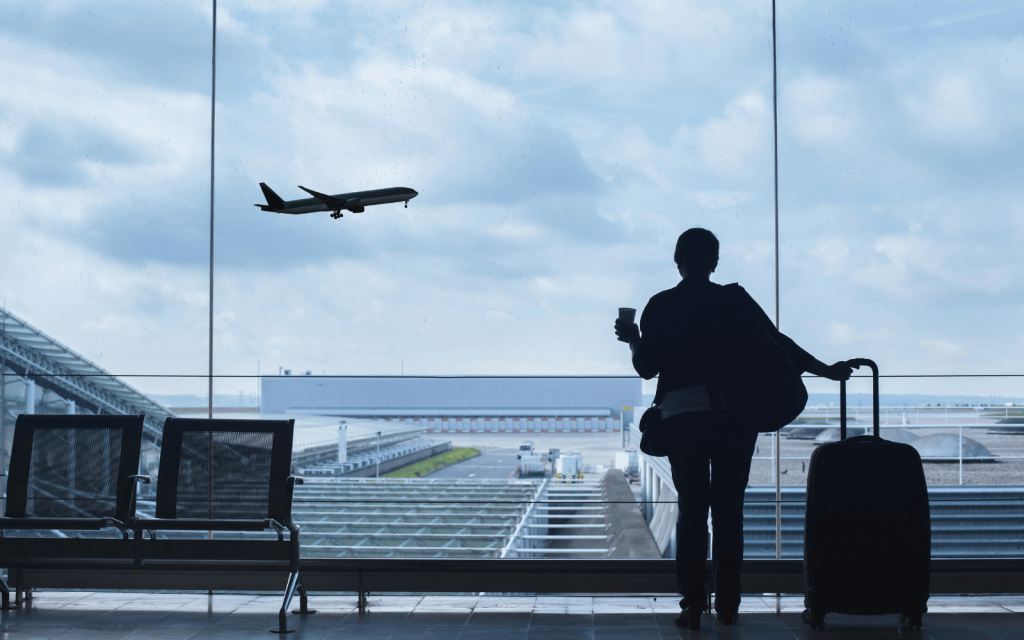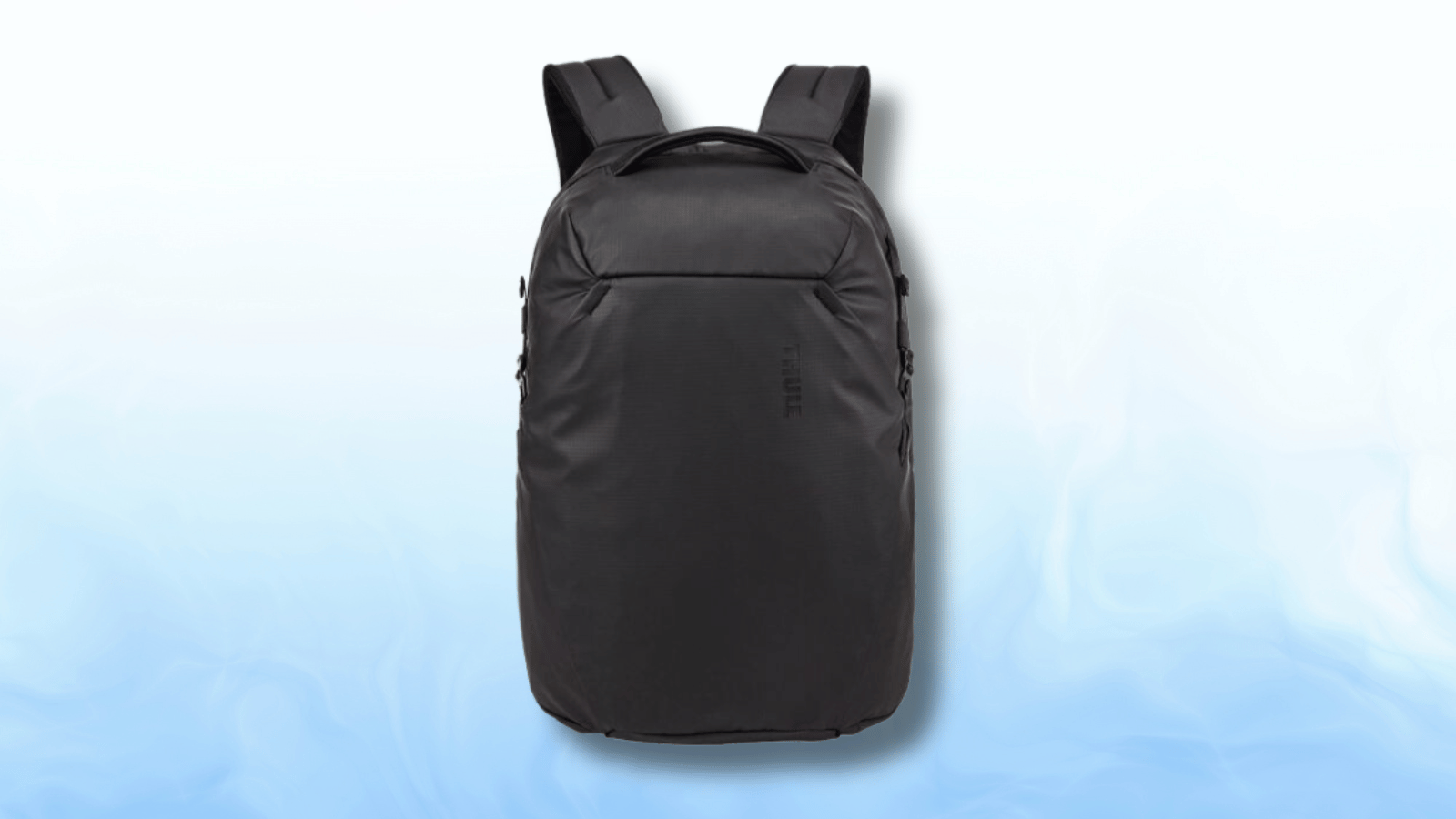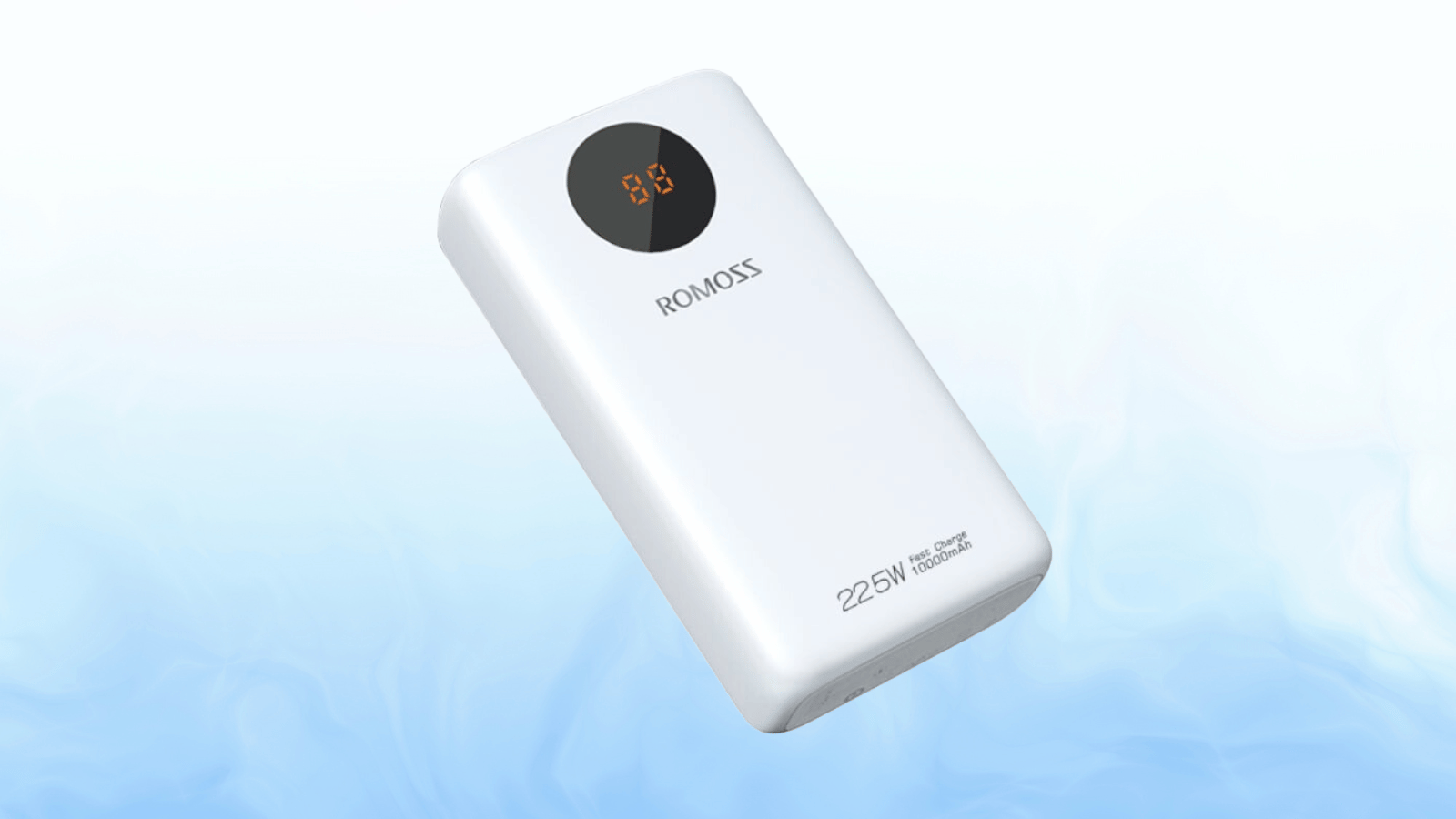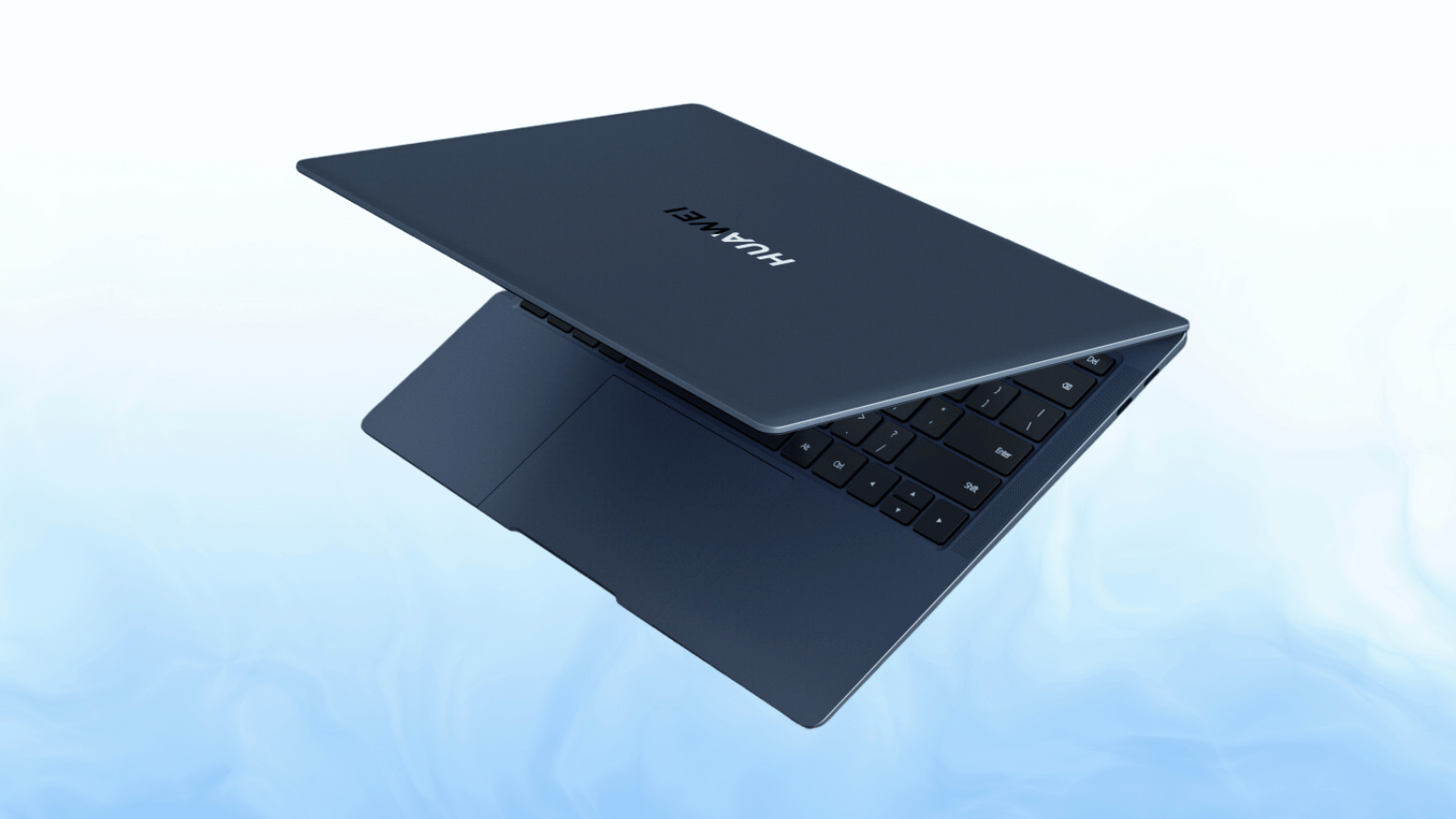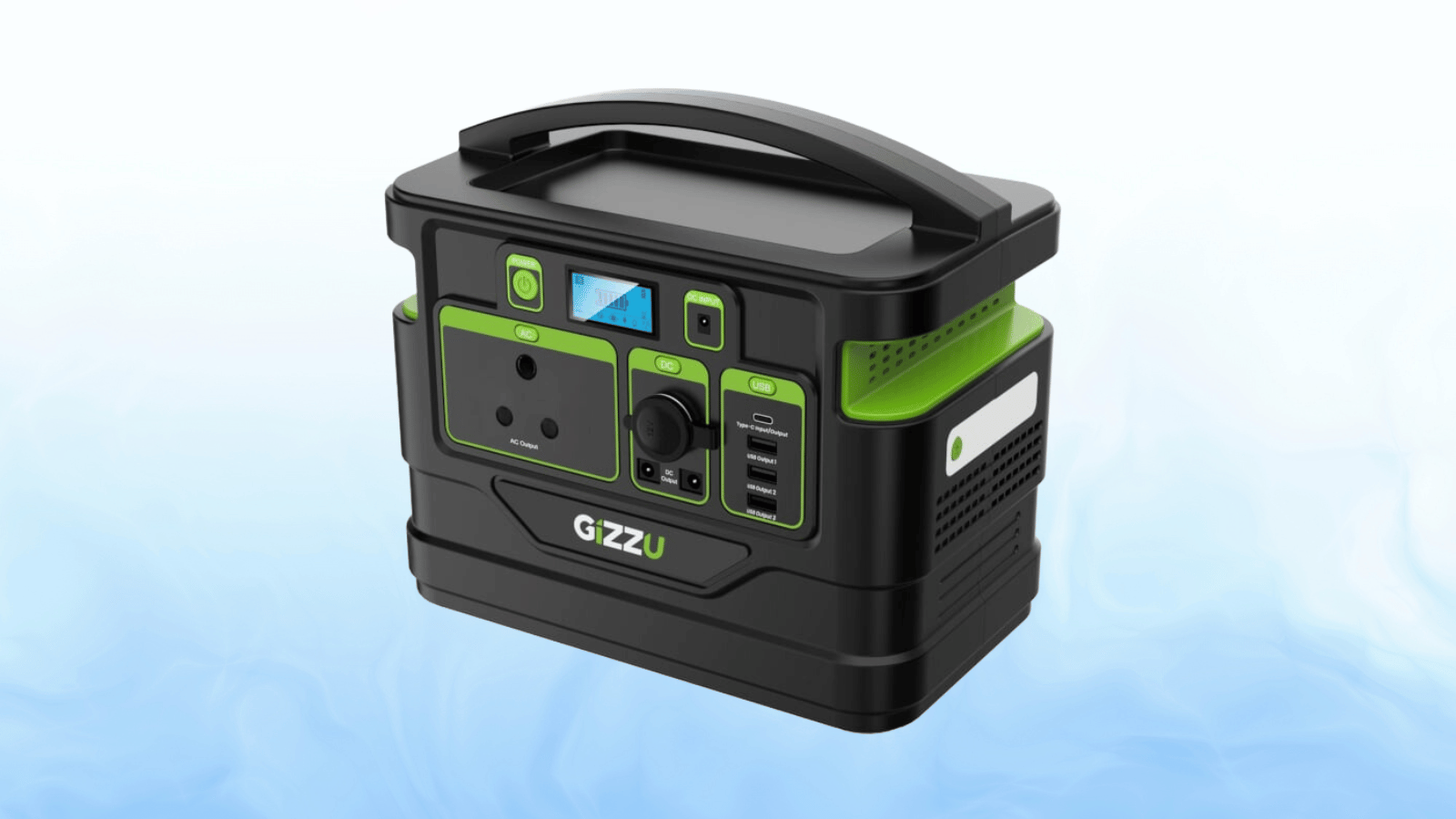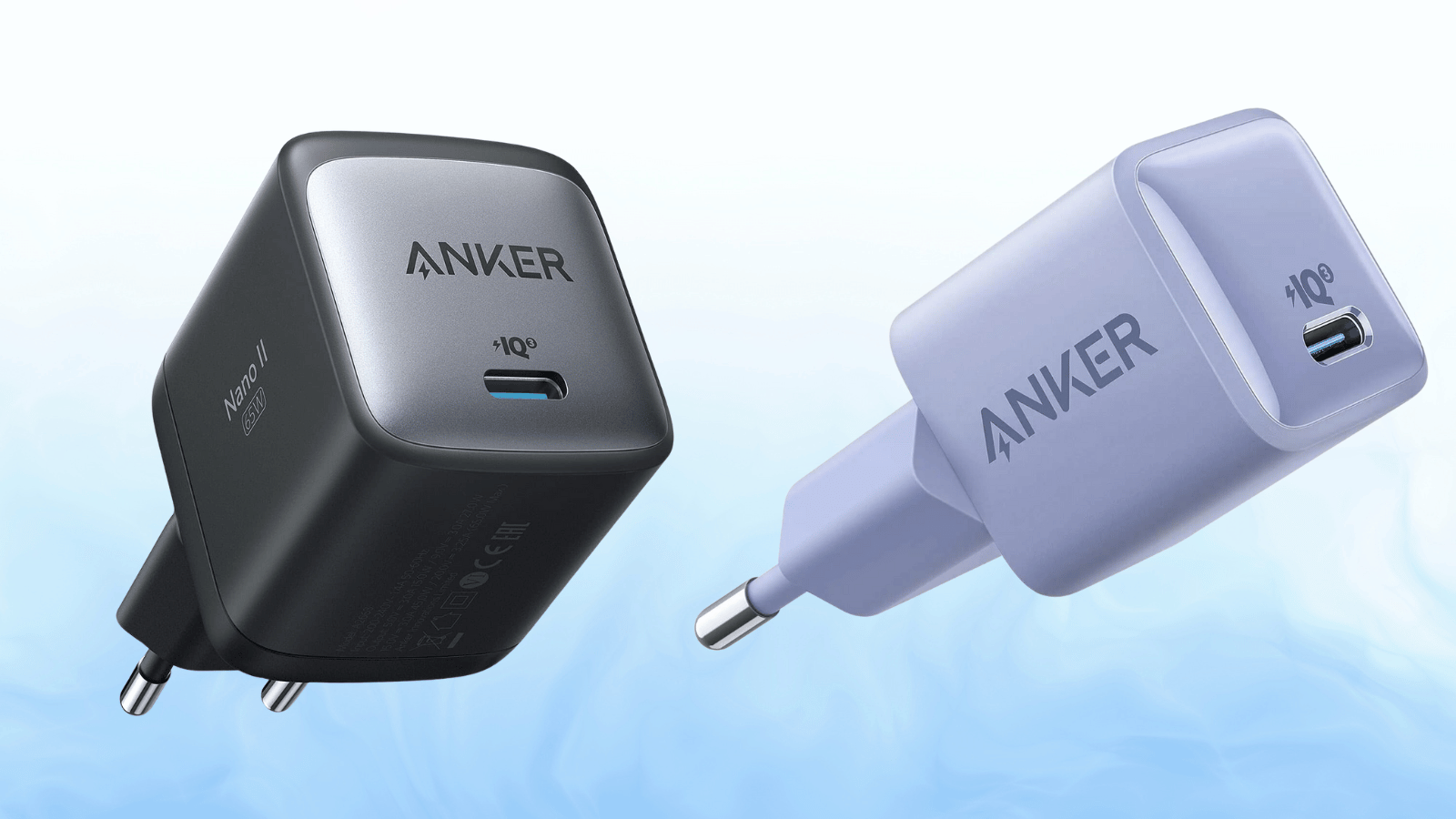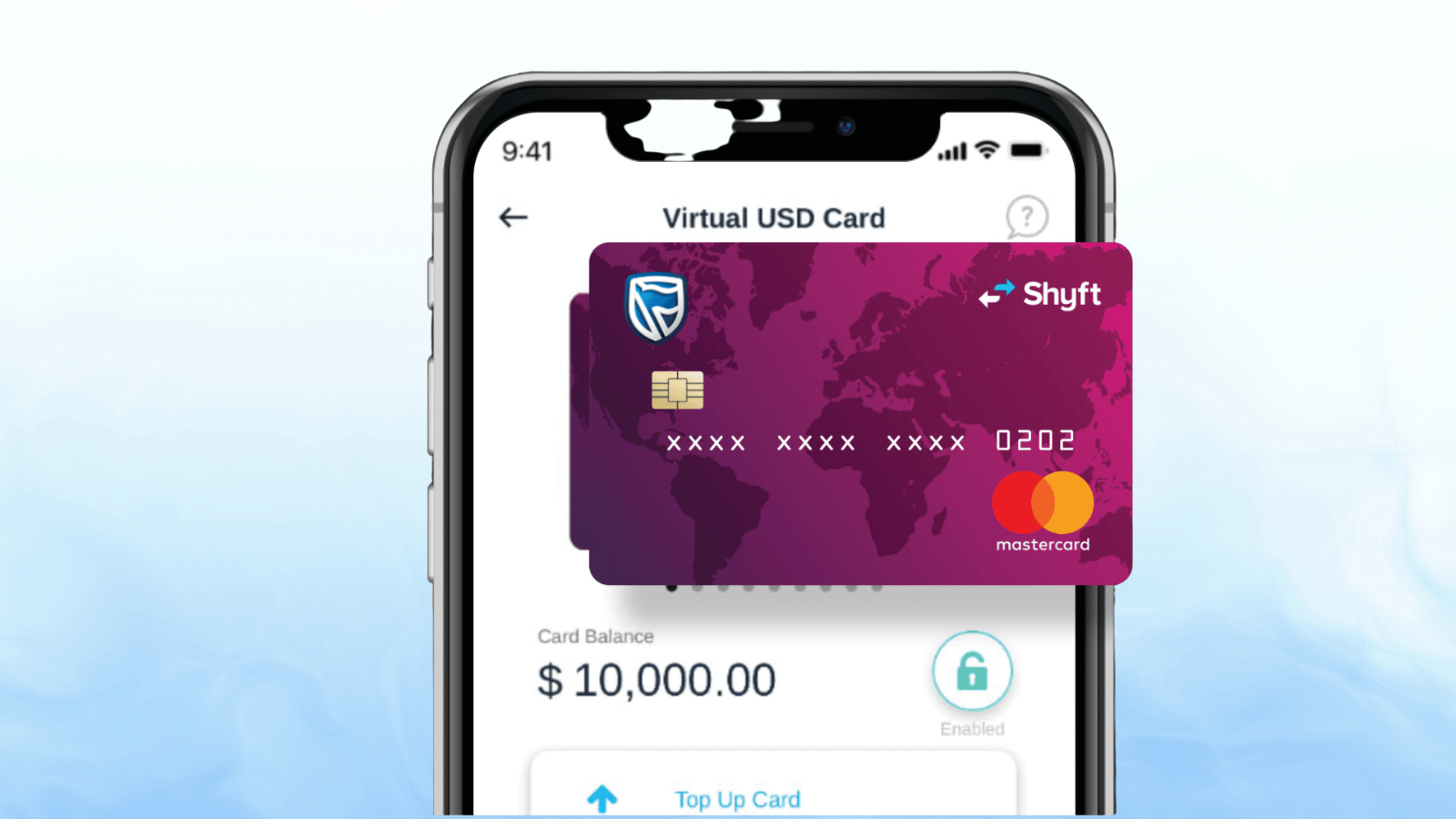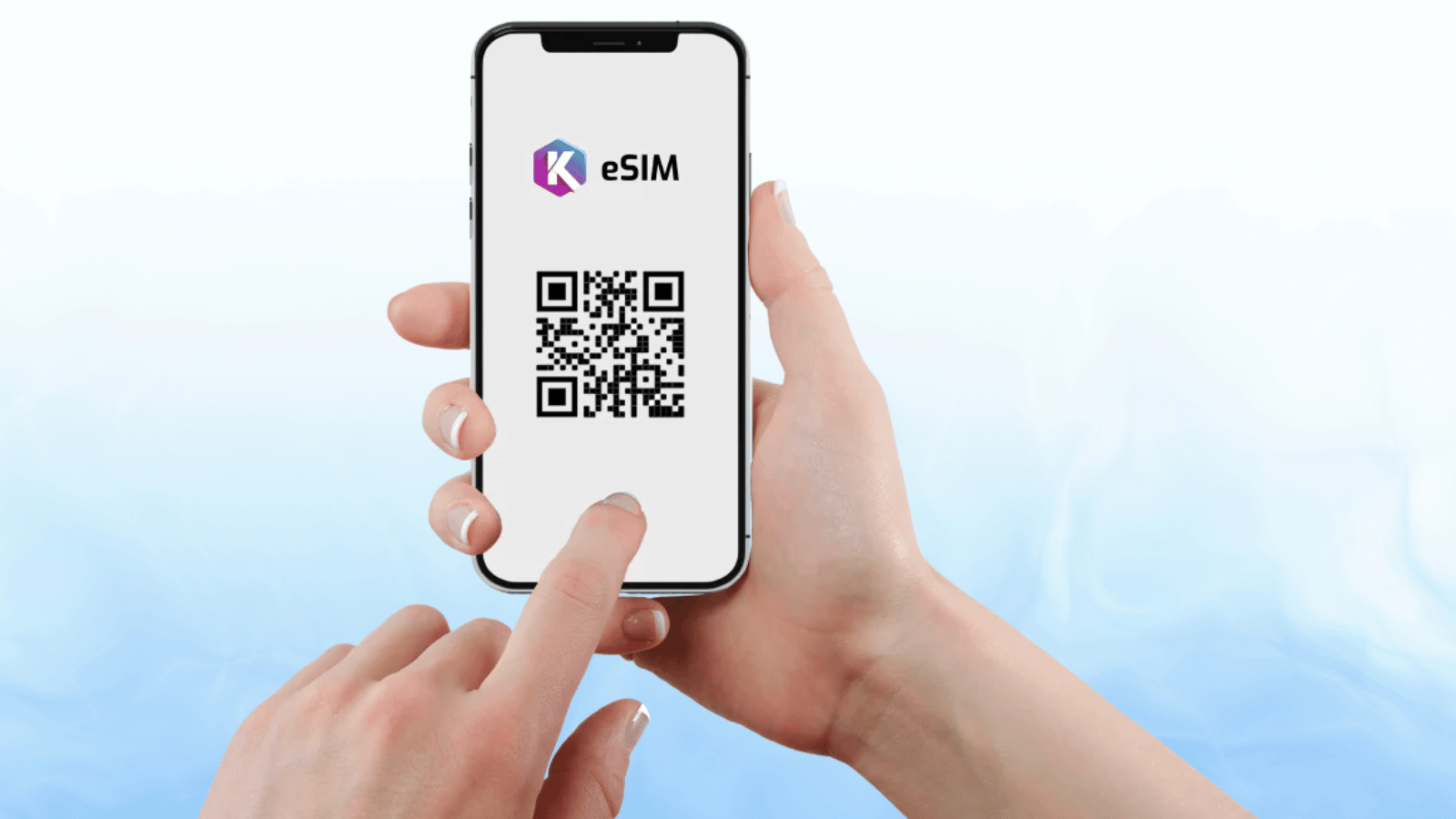Before Covid, Toby Shapshak was a regular traveller. But when the pandemic struck, he unpacked all his travel gear. But now we’re in 2023, planes are flying and it’s time to pack those bags up again. Here’s a list of gear you should always keep handy whether you’re flying off to some foreign country, a camping trip or even just heading to the local Spar down the road. You never know when they might be useful.
Thule Tact Backpack 21L
R5,000 | Thule
Swedish luggage maestros Thule may have gotten as close to perfect as a travel bag can be. The Thule Tact 21-litre backpack is what I have been looking for for years. It’s essentially just one big compartment that can be locked, securely. How hard can that be?
Not that hard it seems, with Thule’s new Tact range. The 21-litre laptop backpack is ideal. It can take a laptop and an iPad and has a large selection of zippered pouches for all the usual tsatskas (little treasures) like cables, USB sticks, and chargers.
The central space is decidedly voluminous, compared to other laptop bags, which is handy for a rolled-up jacket and the other accoutrement you have to schlep on a plane trip or to a conference. It even has a clever passport pouch with easy access that also protects against RFID skimming.
Romoss Power Bank 10,000mAh 22.5W
R400 | Takealot
When you pack to go away, there are a bunch of things you can’t leave home without. One of those items, now during the Age of Load Shredding, is power banks. It’s important to have one – especially if it’s USB-C – which generally charges three times faster than the old, square-shaped USB-A.
Things have improved even more – now you can increase the wattage of the charger or the power bank. By having such fast charging in a power bank, it reduces the time you have to plug your phone in. This model not only has a useful LED percentage indicator but pushes out 22.5W – which is what top-end smartphones and tablets use. It only weighs 221g.
Huawei Matebook X Pro
R36,000 | Huawei South Africa
Most South Africans know Huawei for its smartphones or 5G routers. But they also make excellent laptops and we’ve been testing the MateBook X Pro at Stuff Towers. And it’s a beautiful beast. It’s amazingly light (at 1.26kg) and very powerful. It has a 13th Gen Intel Core processor, 16GB of RAM (double the usual) and a 1TD solid-state hard drive.
Ideally for travel, it’s tiny at 310mm x 221mm and only 15.6mm high Along with the bright 14.2in screen, it has 4 USB-C ports, two of which are the faster Thunderbolt 4. All while looking decidedly good.
Gizzu 296Wh Portable Power Station
R4,000 | Gizzu
Eskom has helped introduce a new category of gadgets into South Africa’s consciousness: the power station. These much-bigger and more powerful batteries have been staples for First World campers for years but have found much more fertile ground, as it were, in our country’s energy crisis.
Local brand Gizzu makes a well-priced 296Wh Portable Power Station, which has one 3-prong SA plug as well as two each of USB-C and USB-A. It promises to run a 50W laptop for six hours and takes 6.5 hours to recharge with its included charger. This is only an option for car trips.
OneAdaptr OneWorld65 Charger
R1,430 (import) | oneadaptr
Arguably the most popular travel gadget in Stuff Towers right now is the clever OneWorld65 charger and adapter from those clever travel gear makers OneAdaptr.
The OneWorld65 outputs 65W through three USB-C PD and two USB-A ports. It has extendable plugs in the US, EU, and UK – so it works as both an adaptor and charger powerful enough for a MacBook Pro.
Anker 715 Charger (Nano II 65W) + Anker PowerPort III Nano 20W
Compact and light chargers are indispensable for travelling and have thankfully gone through two useful upgrades in the shift to USB-C and then higher wattage. I have several of these delightfully small Anker PowerPort III Nano 20W USB-C wall chargers (US and EU) and add a UK adaptor plug if necessary. Anker’s very impressive Anker 715 charger gives 65W output through two USB-C and one USB-A port. This is enough for a high-end powerful laptop and significantly smaller than what the manufacturers make.
Shyft
Free | getshyft.co.za
I have been using Shyft and its virtual cards since 2017, long before the latter were widespread in South Africa. Shyft is the Swiss army knife of forex. It handles all the major currencies – I only have dollars, Euros and pounds – and an easy way to transact. You can order physical cards (all the forex cards handle multiple currencies, so you can swipe in either USD or Euros with the same card) or use virtual cards. I still use the physical cards on international trips because they can each handle multiple currencies.
KnowRoaming eSIM
from R76 | knowroaming.com
One of the wonders of technology is the eSIM – an electronic way of linking a mobile number to your phone. It is no harder than scanning a QR code and adjusting some settings (turn off Wi-Fi Assist on Apple) and you can have cheap mobile data when you’re overseas. I have been using KnowRoaming – which is run by South African Gregory Gundelfinger – since 2019. Buy the data you need for the time you’re away, set it up before you leave –
and it works when you land. Make sure you turn off data-roaming on our own SIM.

